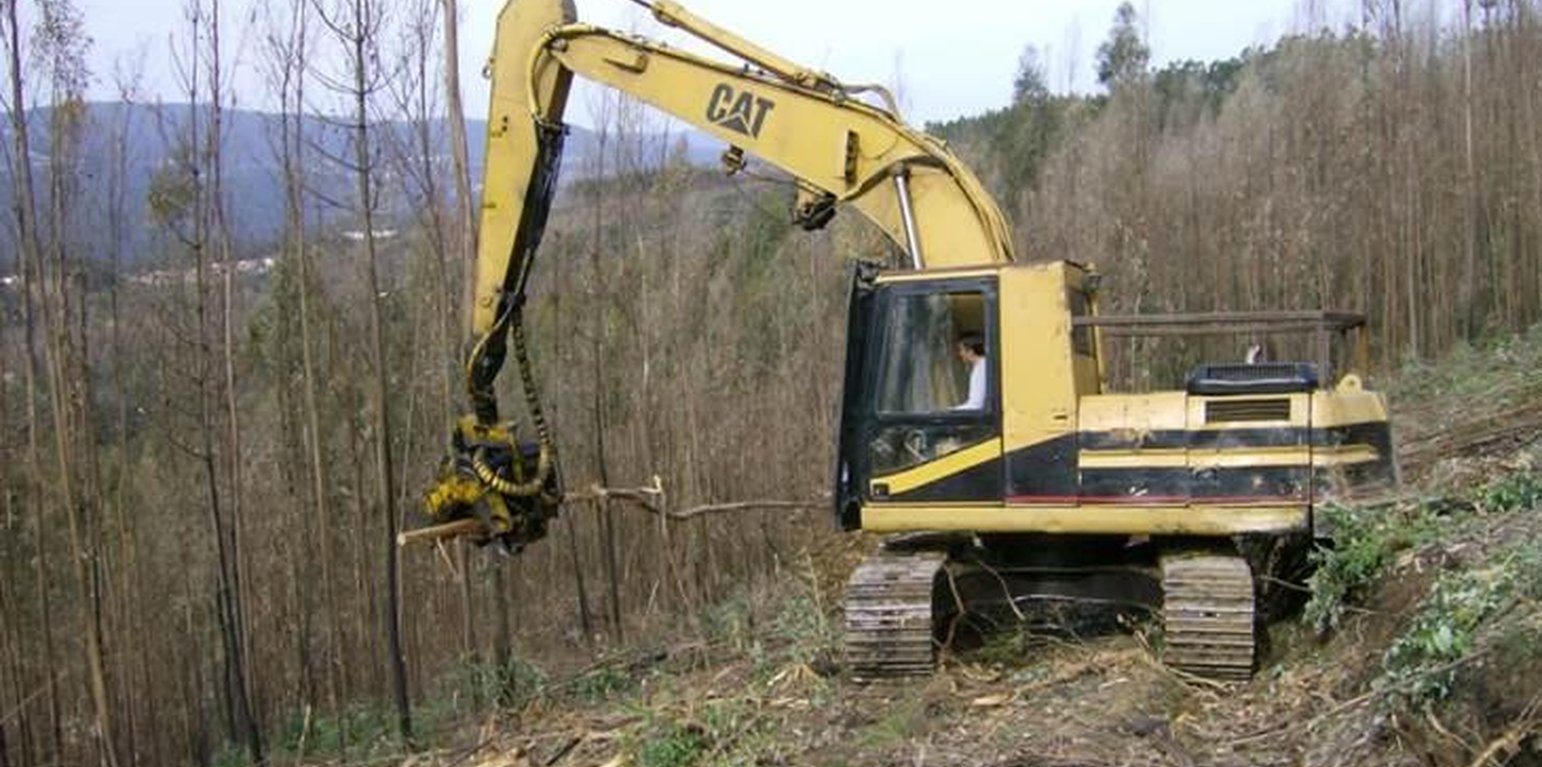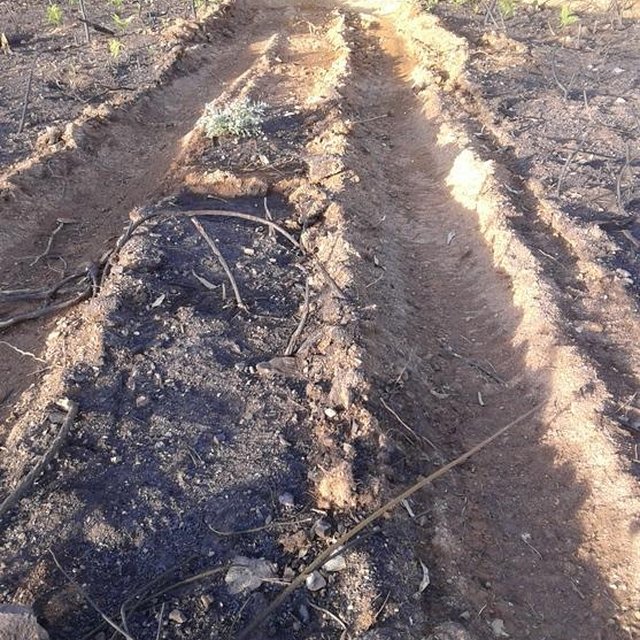



In the 2015 summer a wildfire affected the Semide mountain range nearby the Lousã massif, central Portugal. The area was afforested with eucalypt and pine plantations during last XX century and nowadays landscape is composed mainly by eucalypts at different stages of development and, the understory shrub vegetation.
The research team of the University of Aveiro set up an experiment to test the effect of post-fire logging in soil erosion and other selected soil properties.
Purpose of the Technology: Post-fire logging is a common management practice usually undertaken to recover burnt timber resources, to plant new seedlings and to reduce possible insect infestation hazard. In Portugal, about 10x106 m3 of timber could be harvested every year and a considerable percentage of this figure comes from recently burned eucalypt and pine stands.
Post-fire logging could have a multiple detrimental effect on ecosystem as fire-affected ecosystems are sensitive to further disturbance. This multiplier effect concerns soil compaction, soil (fertility) losses, with serious implications for in-situ plant growth, soil biota and for downstream aquatic systems. Furthermore, post-fire logging undermines the effectiveness of costly rehabilitation efforts aimed at reducing soil erosion. Hence, the post-fire logging practice is still controversial in terms of economic benefit and environmental consequences, in many parts of the world.
Establishment / maintenance activities and inputs: The standard logging technique consists of felling burned trees either with a harvester or manually with a chainsaw depending on slope conditions and machinery available. The logs will be gathered with the harvester, using a cable-skidder or pulling logs down-slope with a cable attached to a tractor. A forwarder will transport them to the main pile prior to load and removal by trucks.
The slope will present two well differenced units according to soil surface disturbance, the skid trail or the logged area.
Natural / human environment: The eucalypt trees in the region are typically planted as monocultures for paper pulp production, and harvested every 7-14 years. The landscape reflects a long history of intense land management, with a mosaic of (semi-)natural and man-made agricultural and afforested lands. Since the 1980´s, however, wildfires have increased dramatically in frequency and extent, aided by a general warming and drying trend but driven primarily by socio-economic changes.
Lugar: Coimbra, Coimbra, Portugal
No. de sitios de Tecnología analizados:
Difusión de la Tecnología: distribuida parejamente sobre un área (approx. < 0.1 km2 (10 ha))
¿En un área de protección permanente?:
Fecha de la implementación: hace más de 50 años atrás (tradicional)
Tipo de introducción








| Especifique insumo | Unidad | Cantidad | Costos por unidad (euros) | Costos totales por insumo (euros) | % de los costos cubiertos por los usuarios de las tierras |
| Mano de obra | |||||
| Labour | ha | 1,0 | 1461,0 | 1461,0 | |
| Equipo | |||||
| Machine use | ha | 1,0 | 5870,0 | 5870,0 | |
| Costos totales para establecer la Tecnología | 7'331.0 | ||||
| Costos totales para establecer la Tecnología en USD | 7'968.48 | ||||
Promoves eucalypt monocultures
Biomass
The logging of the burnt trunks arguably improves the esthetic value of the area, including by removing evidence of the fire
Yes, because timber production is a complementary income for many families in the region